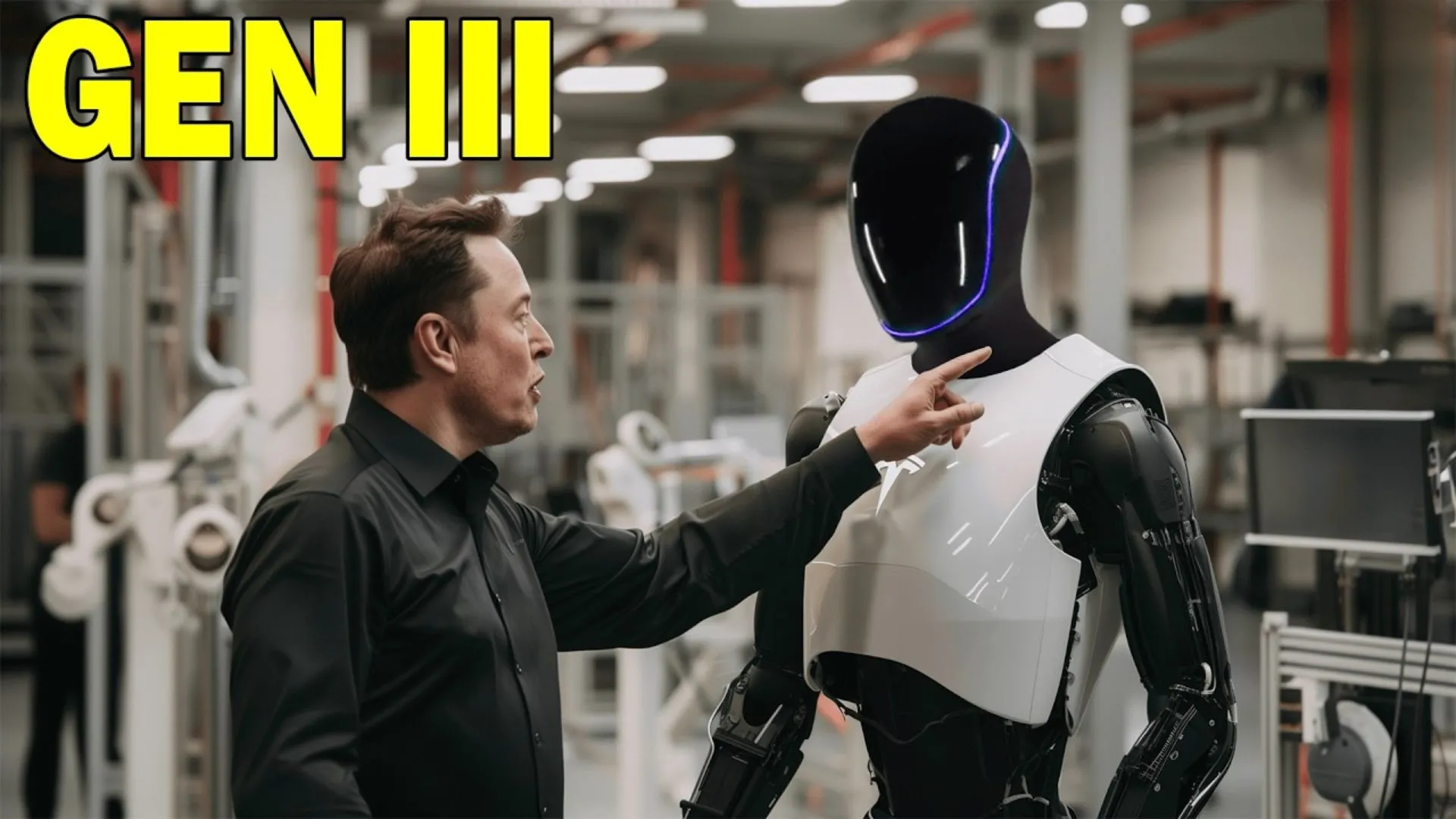OpenAI Project Strawberry Leak: Recent leaks from OpenAI, dubbed “Project Strawberry,” have sent ripples through the AI community. Many believe this is a continuation of the mysterious “Q* project” hinted at in previous leaks. While details are scarce, a pattern is emerging in OpenAI’s messaging, suggesting a significant focus on autonomous AI research capabilities. And In This Article We Will Tell You Complete Details About This Leak, Is This The Begninning of The End. SO Read this Article Till The End.
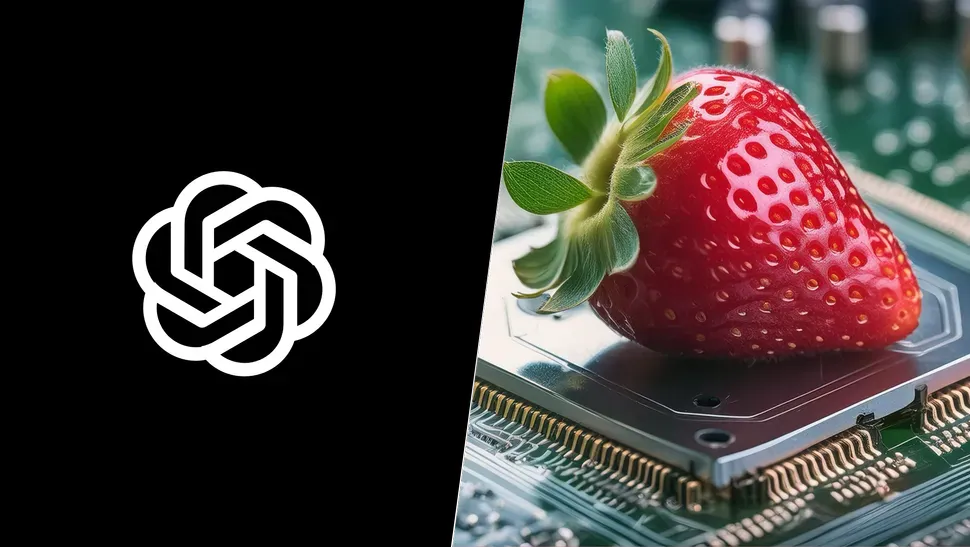
Introduction to OpenAI’s Strawberry Leak
The Strawberry leak, reported by Bloomberg, stems from an internal all-hands meeting at OpenAI where a demo showcasing advanced reasoning capabilities was presented. Many speculate that this demo exhibited human-level reasoning and logic, sparking considerable interest and debate within the AI community. The project appears to be a continuation of QStar, a previous initiative focused on developing advanced search algorithms and pathfinding strategies.
The Quest for Autonomous Research
One of OpenAI’s key goals is to develop AI capable of conducting independent research. Sam Altman, OpenAI’s CEO, has mentioned this aspiration multiple times, even indicating it as a potential milestone for accelerating AI progress. This is echoed in the “Strawberry” leaks, suggesting OpenAI might be edging closer to this ambitious goal.
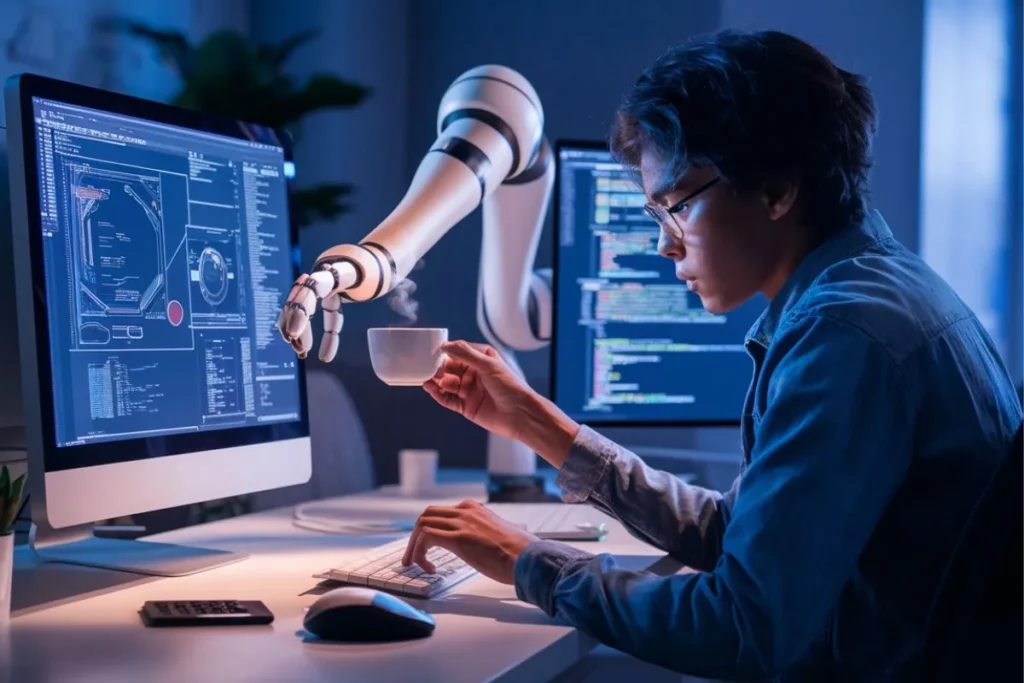
Implications of AI-Driven Research
The implications of AI conducting research autonomously are immense. Imagine an army of AI “PhDs” churning out groundbreaking discoveries at a fraction of the time and cost of human researchers. This could lead to a rapid acceleration in various scientific fields, from medicine to materials science.
Shifting Priorities and Focus
Interestingly, OpenAI recently disbanded its “super alignment” team, which focused on aligning AI research with human values. Some speculate this could be a sign that OpenAI is shifting its priorities, perhaps focusing more on pushing the boundaries of AI capabilities rather than solely on safety concerns.
Hype, Speculation, and Real Possibilities
While the “Strawberry” leaks have generated much excitement and speculation, it’s crucial to remember that these are just leaks. The reality could be different, and OpenAI’s progress might not be as groundbreaking as some believe. However, the consistent pattern of hints and leaks does suggest something significant is brewing behind the scenes.
Key Milestones and Dates in OpenAI’s AI Research Journey
| Milestone | Date |
| Initial QStar Project | Late 2022 |
| Public Announcement | Summer 2022 |
| Strawberry Leak | Mid-2023 |
| Expected AGI Timeline | 2027 |
| Potential ASI Timeline | 2027 or later |
The Significance of Autonomous AI Research
Imagine a world where the marginal cost and time to produce new PhDs plummet, resulting in a significant increase in the number of researchers and accelerating scientific discovery. This is the vision that Strawberry aims to achieve. By reducing the barriers to entry for high-level research, AI could potentially increase the number of active researchers from 8 million to hundreds of millions, leading to unprecedented advancements in various scientific domains.
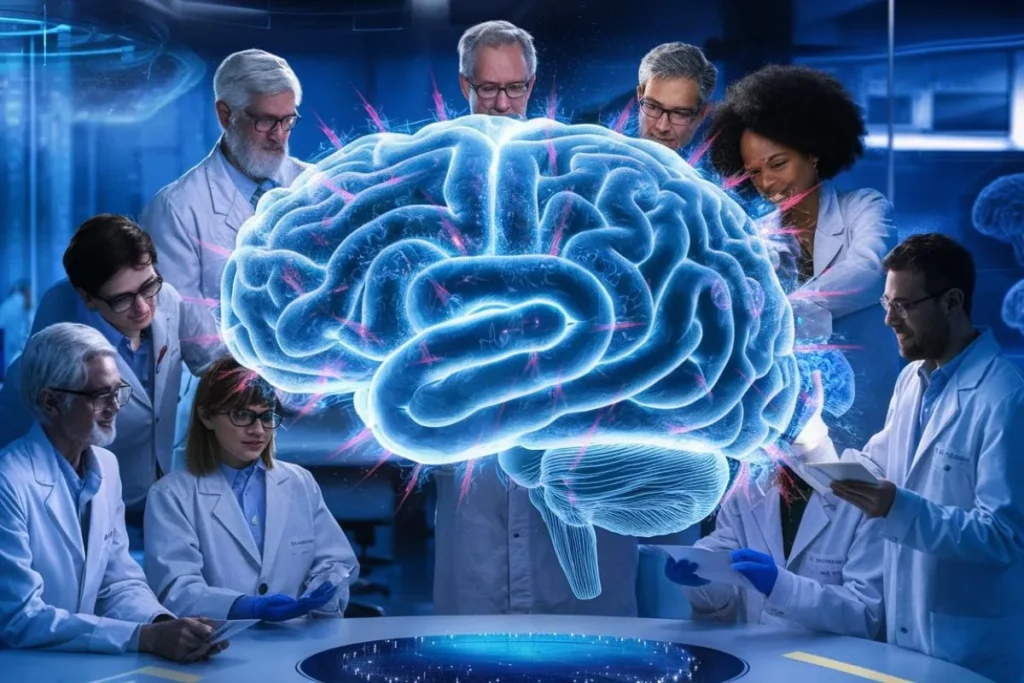
Challenges and Considerations in Scaling AI Research
The Practicalities of Scaling AI One of the critical challenges in scaling AI research lies in the infrastructure required to support such advancements. According to Altman, the construction of data centers, fabrication of chips, and other logistical considerations are significant bottlenecks. Despite these challenges, the potential benefits of AI conducting autonomous research make it a highly desirable goal.
Exploring the Future of AI with Strawberry
The leak suggests that Strawberry might be integrated into future iterations of OpenAI’s models, potentially even GPT-5. However, there are conflicting messages regarding the exact roadmap and timeline for these advancements. OpenAI has outlined a framework of five steps towards achieving machine intelligence, with the ultimate goal being AI systems that can operate as efficiently and autonomously as a corporation.
Components of OpenAI’s Machine Intelligence Framework
| Component | Description |
| Basic Autonomy | AI systems capable of performing simple tasks independently |
| Enhanced Reasoning | Advanced reasoning and logic capabilities |
| Research Automation | AI conducting scientific research without human intervention |
| Organizational AI | AI operating at a level comparable to human organizations |
| Fully Autonomous AI | AI systems functioning autonomously across all domains of human activity |
The Road to AGI and ASI
If the “OpenAI Project Strawberry Leak” are accurate, it raises questions about how close we are to Artificial General Intelligence (AGI) and, subsequently, Artificial Super Intelligence (ASI). Some experts believe we could see AGI as early as this year, leading to ASI shortly after. However, this is just speculation, and there are many challenges to overcome, including scaling and deployment.
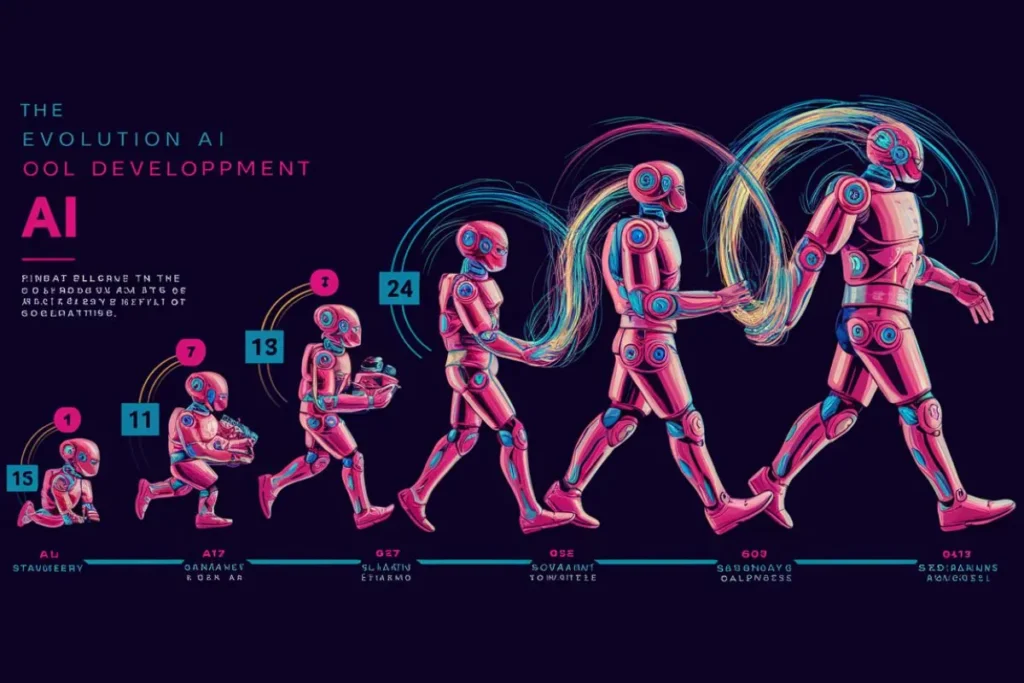
Navigating the Economic and Practical Challenges
One of the major challenges in deploying advanced AI is the cost and infrastructure required. Scaling up AI research and development demands massive data centers and substantial financial investments. These economic and practical challenges could slow down the progress toward AGI and ASI, even if OpenAI has made significant breakthroughs.
OpenAI’s Five Steps Towards Machine Intelligence
| Step | Description |
| 1 | Learning: AI learns basic skills and knowledge. |
| 2 | Reasoning: AI develops logical reasoning abilities. |
| 3 | Planning: AI can plan and execute complex tasks. |
| 4 | Communication: AI can understand and generate human language effectively. |
| 5 | Organizations: AI can collaborate and form complex systems, like corporations. |
OpenAI’s Vision and the Future
OpenAI’s vision for the future is ambitious, with the potential to revolutionize the world as we know it. However, the path to achieving this vision is filled with challenges and uncertainties. Only time will tell whether Project Strawberry is a game-changer or just another step in the long journey toward advanced AI.
Potential Applications of AI-Driven Research
| Field | Application |
| Medicine | Drug discovery, personalized treatment plans |
| Materials Science | New materials for energy, construction, etc. |
| Climate Science | Modeling climate change, predicting natural disasters |
| Agriculture | Optimizing crop yields, reducing environmental impact |
| Finance | Fraud detection, algorithmic trading |
Conclusion
The OpenAI Project Strawberry Leak has ignited discussions about the future of AI research. While the details are still shrouded in mystery, the consistent pattern of hints and leaks indicates that OpenAI is making significant strides toward autonomous AI research. The potential implications are vast, with the possibility of accelerating scientific discoveries and transforming various industries. However, challenges like scaling and deployment remain, and only time will reveal the true impact of Project Strawberry.








